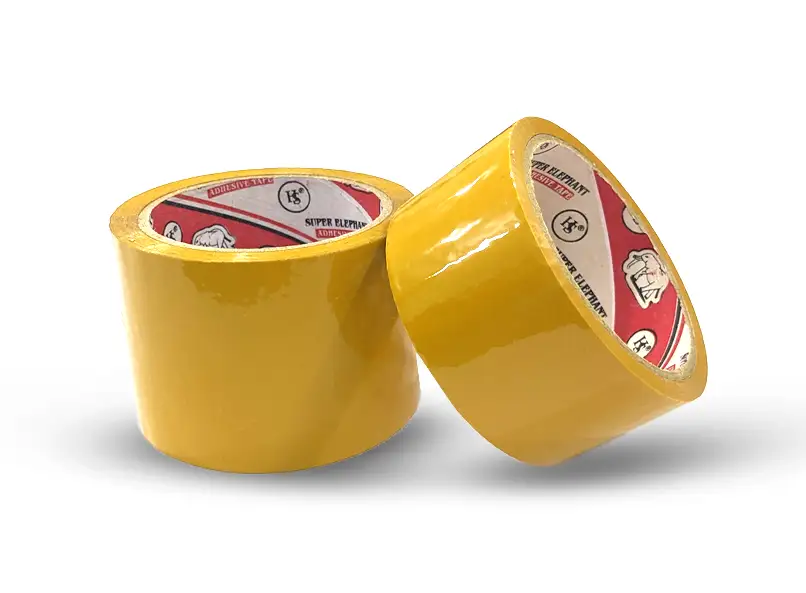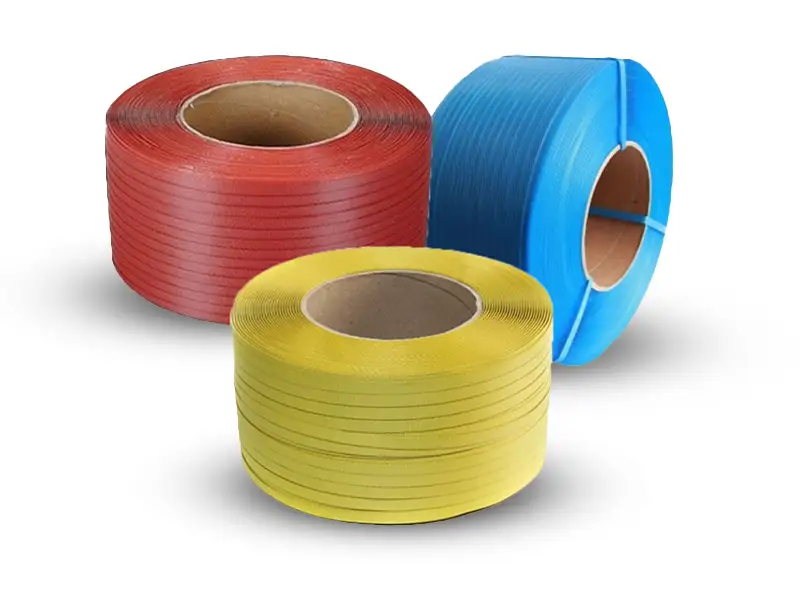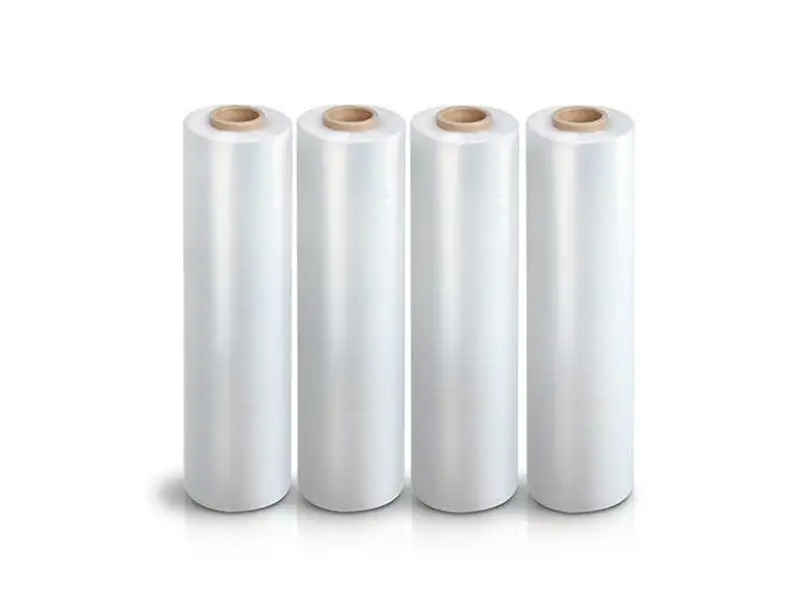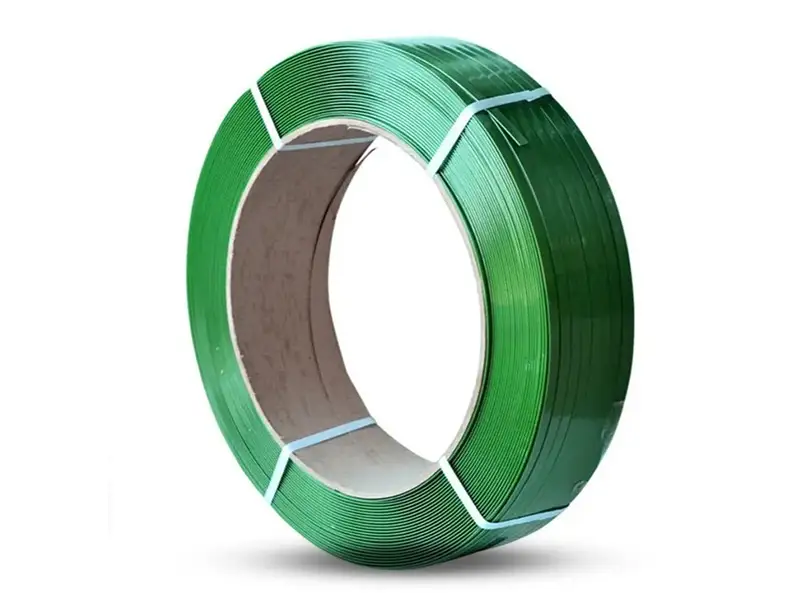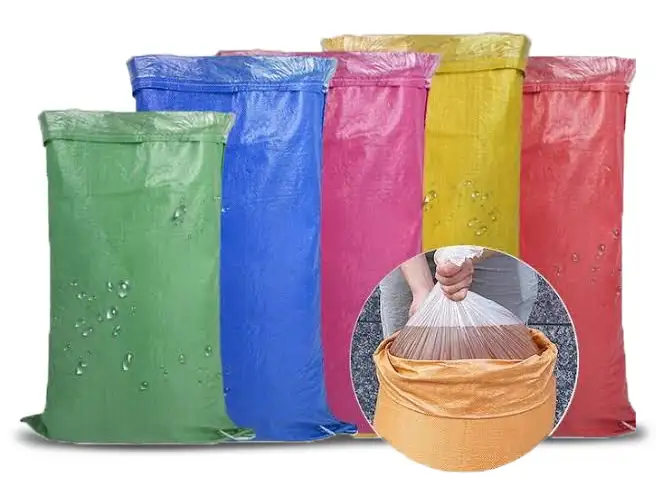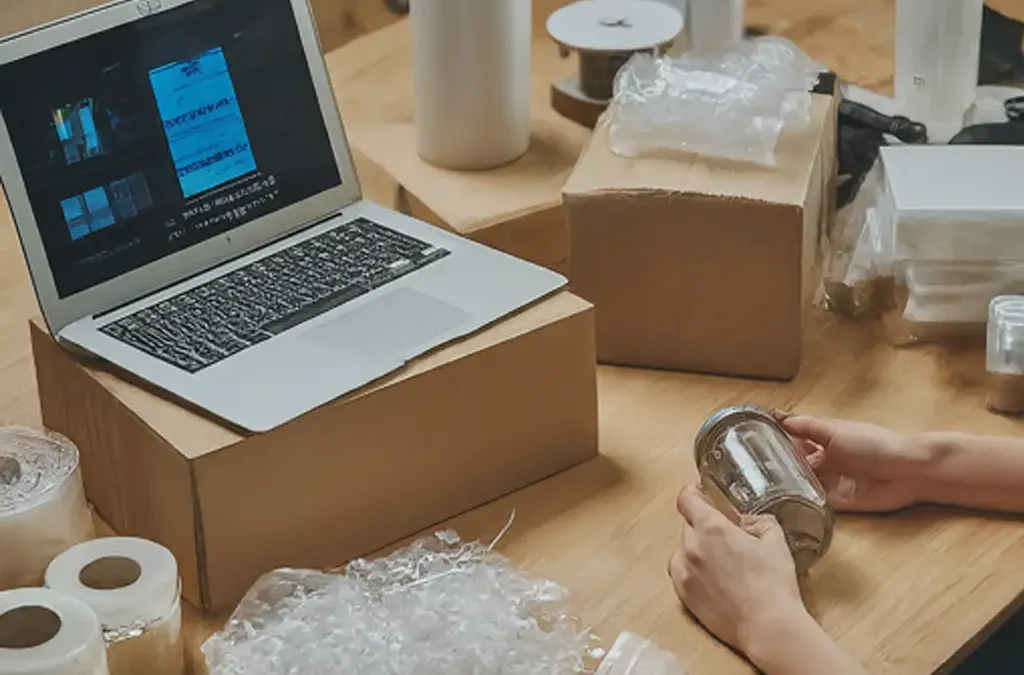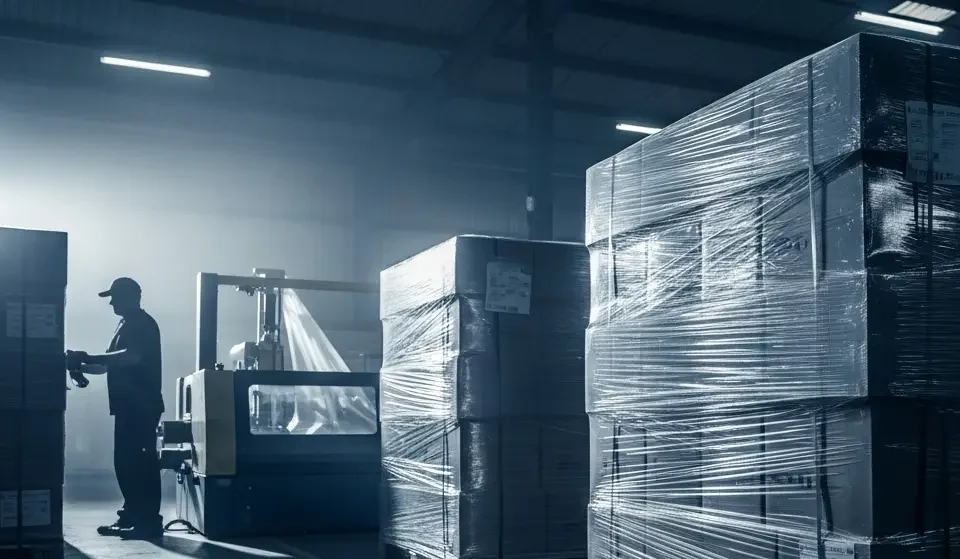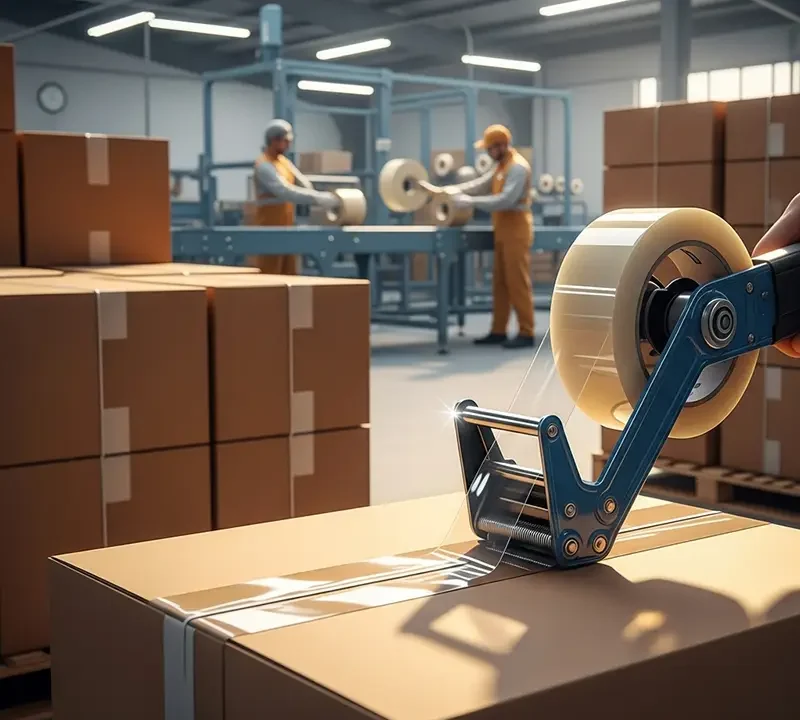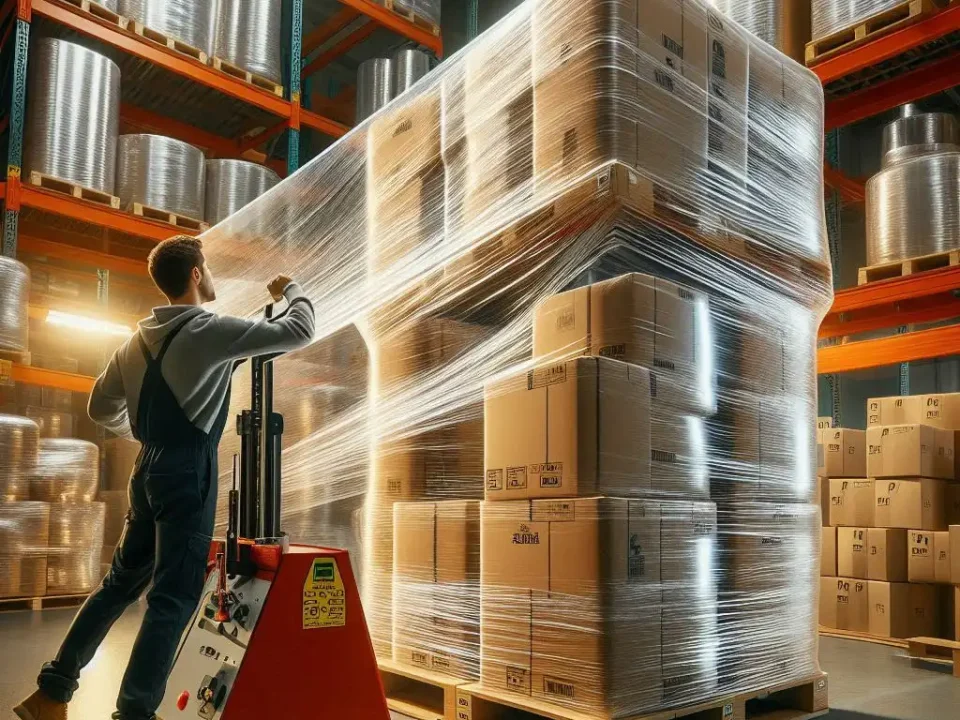
5 Common Packing Mistakes (and How to Avoid Them!)
May 21, 2024
The Ultimate Guide to Packing Tape: Uses, Benefits, and FAQs
July 15, 2024Choosing the right packaging material is crucial for any business that ships or sells physical products. The correct packaging not only protects your products but also enhances your brand image and can even reduce costs. With so many options available, it can be challenging to decide which material is best for your needs. This guide will walk you through the different types of packaging materials, their benefits, and how to choose the right one for your products.
1. Understanding Your Product Requirements
Before selecting packaging materials, it’s essential to understand the specific requirements of your product. Consider factors like fragility, size, weight, and temperature sensitivity. For example, fragile items like glassware will need more protective packaging than robust items like books.
2. Types of Packaging Materials
There are several types of packaging materials, each with its own set of advantages and disadvantages. Here are some of the most common:
- Cardboard and Paperboard: Ideal for lightweight and non-fragile items. It is cost-effective, recyclable, and customizable.
- Plastic: Versatile and durable, suitable for a wide range of products. However, it is less environmentally friendly.
- Bubble Wrap and Foam: Provides excellent protection for fragile items. It’s perfect for electronics, glassware, and other breakables.
- Metal: Often used for food and beverage packaging due to its durability and ability to keep contents fresh.
- Glass: Provides an upscale look and is often used for premium products like perfumes and gourmet foods.
- Biodegradable Materials: Great for eco-conscious brands, these materials are sustainable but may be more expensive.
3. Benefits of Different Packaging Materials
Each packaging material has unique benefits that can enhance the value of your product:
- Cardboard: Lightweight, recyclable, and easily customizable with printing and branding.
- Plastic: Durable, waterproof, and available in various forms (rigid, flexible, etc.).
- Bubble Wrap and Foam: Offers superior cushioning and protection against shocks and drops.
- Metal: Strong, tamper-resistant, and excellent for preserving product quality.
- Glass: Provides a premium feel and is recyclable.
- Biodegradable Materials: Environmentally friendly and great for building a sustainable brand image.
4. Cost Considerations
Cost is a significant factor in packaging decisions. It’s important to balance quality with budget constraints. While some materials may be cheaper upfront, they might not offer the same level of protection, potentially leading to higher costs in product damage and returns.
- Cardboard: Generally inexpensive and cost-effective for bulk orders.
- Plastic: Can be cost-effective but varies based on type and quantity.
- Bubble Wrap and Foam: Slightly higher in cost due to their protective qualities.
- Metal and Glass: More expensive, often reserved for high-end products.
- Biodegradable Materials: Typically more costly but essential for eco-friendly brands.
5. Environmental Impact
With growing consumer awareness about sustainability, the environmental impact of your packaging is more important than ever. Choose materials that are recyclable, reusable, or biodegradable to appeal to eco-conscious customers and reduce your carbon footprint.
- Cardboard and Paperboard: Widely recyclable and often made from recycled materials.
- Plastic: Recyclable, but not all types are accepted in curbside programs.
- Bubble Wrap and Foam: Not easily recyclable and contribute to landfill waste.
- Metal: Highly recyclable and often made from recycled materials.
- Glass: Fully recyclable and can be reused.
- Biodegradable Materials: Break down naturally, reducing environmental impact.
6. Branding and Aesthetics
Packaging is a powerful branding tool. It’s the first physical interaction a customer has with your product, so it should reflect your brand’s identity. High-quality, aesthetically pleasing packaging can enhance the customer experience and make your product stand out on the shelf.
- Customization: Choose materials that allow for easy customization with your logo, colors, and other branding elements.
- Unboxing Experience: Create an engaging unboxing experience that delights customers and encourages social sharing.
7. Practical Tips for Choosing Packaging Materials
- Assess Your Needs: Evaluate the specific requirements of your product, including size, weight, fragility, and shipping conditions.
- Research Suppliers: Find reputable suppliers who offer high-quality materials and reliable delivery.
- Test Samples: Order samples of different materials and test them with your products to ensure they meet your needs.
- Consider Customization: Look for materials that can be easily customized to enhance your brand image.
- Think Long-Term: Choose materials that align with your long-term sustainability goals and brand values.
Choosing the right packaging material is a critical decision that impacts your product’s safety, cost, environmental footprint, and brand image. By understanding your product’s needs, evaluating different materials, and considering factors like cost and sustainability, you can select the best packaging solution for your business.
FAQs
- What is the most cost-effective packaging material? Cardboard is generally the most cost-effective packaging material, especially for lightweight and non-fragile items.
- How can I make my packaging more environmentally friendly? Use recyclable, reusable, or biodegradable materials, and consider reducing excess packaging.
- What packaging is best for fragile items? Bubble wrap, foam, and sturdy cardboard boxes are ideal for protecting fragile items during transit.
- Can I customize my packaging? Yes, most packaging materials can be customized with your brand’s logo, colors, and other design elements.
- Why is the unboxing experience important? A positive unboxing experience can enhance customer satisfaction and encourage social media sharing, boosting your brand’s visibility.
- What are biodegradable packaging materials? These materials break down naturally in the environment, reducing their impact on landfills and pollution.
- Is plastic packaging bad for the environment? While plastic is durable and versatile, it is less environmentally friendly due to its long decomposition time and potential for pollution.
- How do I choose a reliable packaging supplier? Research suppliers, check reviews, request samples, and ensure they can meet your quality and delivery standards.
- What role does packaging play in branding? Packaging is a key branding tool that influences the customer’s first impression and overall experience with your product.
- How can I ensure my packaging is secure during shipping? Use appropriate materials, secure pallets properly, and follow weight limits to prevent damage during transport.



